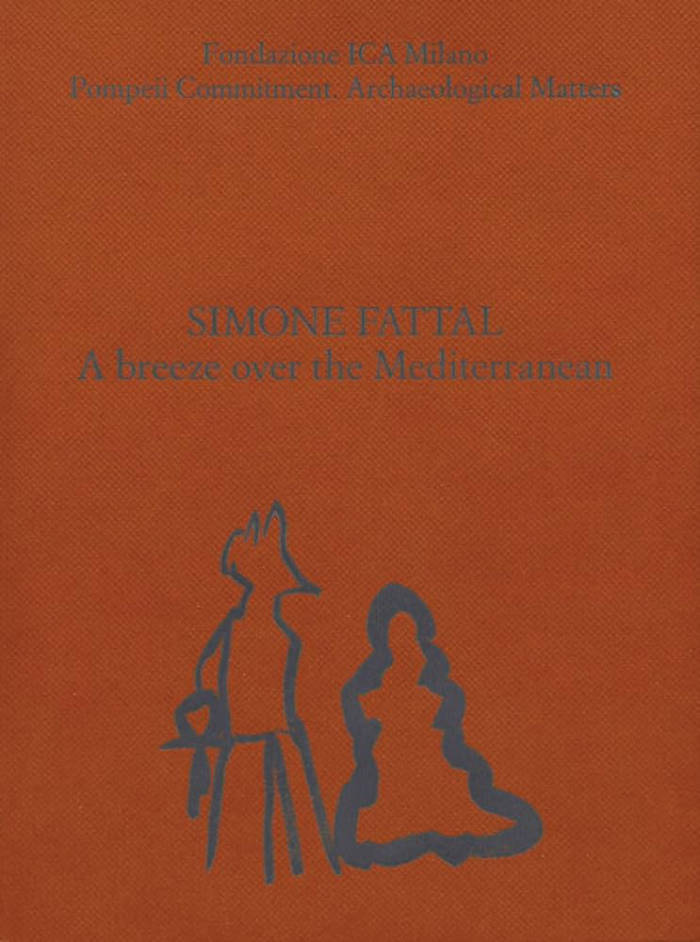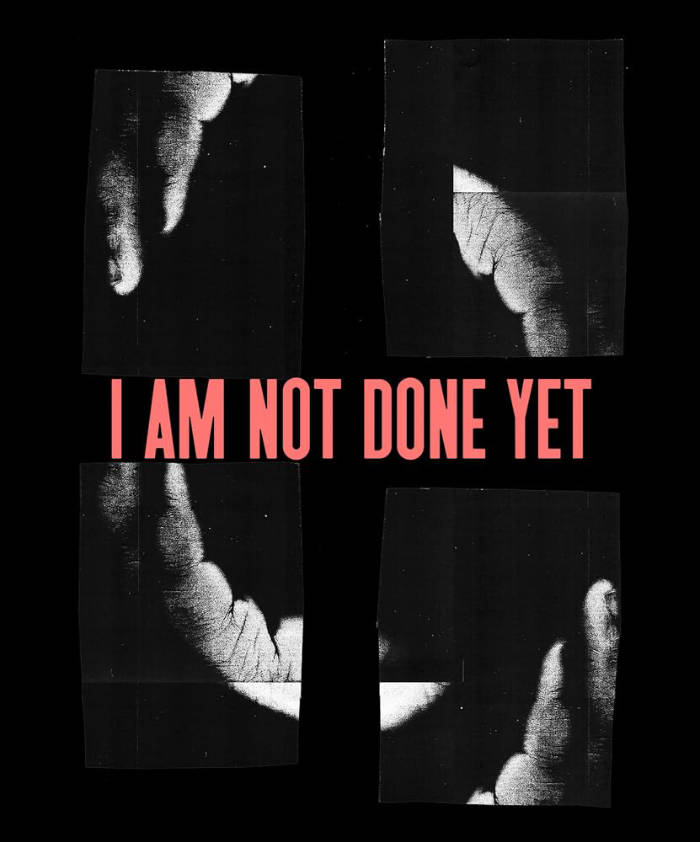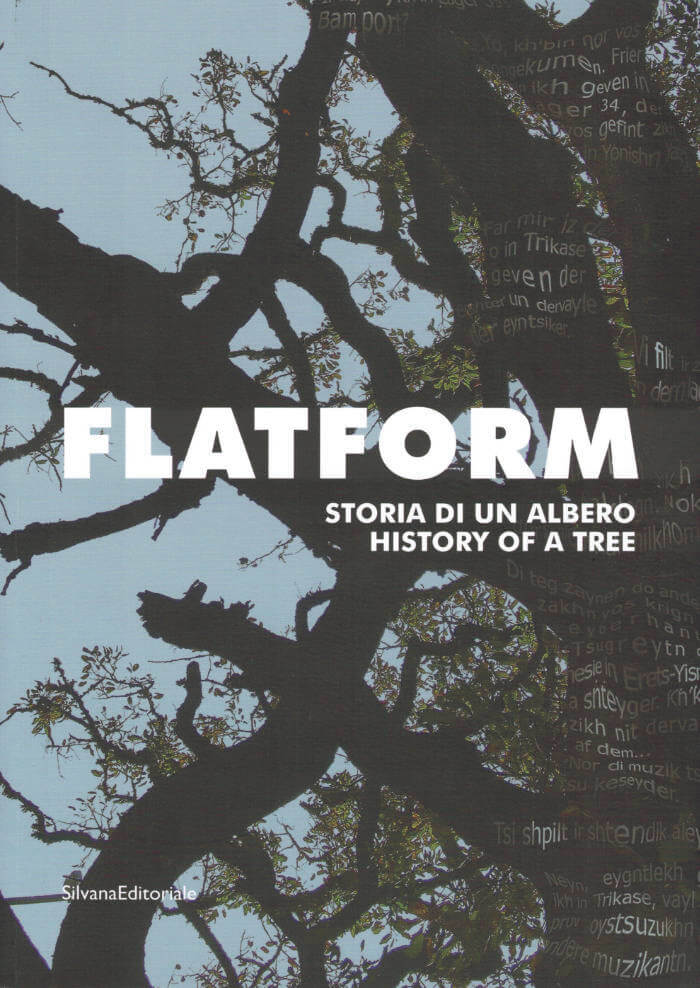
Breaking Cinema – Experimental Film 2010-2023
A significant contribution to the understanding of the work of artist and filmmaker Cauleen Smith, by art historian Romi Crawford, who analyzes how Smith recastsfilm history, in a pivotal period of her career.
Operating in multiple materials and arenas, Cauleen Smith roots her work firmly within the discourse of mid-twentieth-century experimental film, and makes things that deploy the tactics of these disciplines while offering a phenomenological experience for spectators and participants. The book Breaking Cinema. Experimental Film 2010–2023 adds to the growing scholarship on Cauleen Smith's work, as art historian Romi Crawford elucidates a critical phase of the artist's career and how Smith recasts film history in the context of the artistic and cultural ferment of Chicago's South Side.
Cauleen Smith (born 1967 in Riverside, CA) is an American filmmaker and artist. Her interdisciplinary work expands from histories and practices of experimental film, including structuralism, Third World cinema, and science fiction. Through immersive installations, moving-image works, sculpted objects, and textiles, she engages with non-Western cosmologies, Afro-diasporic histories, Black cultural icons, real and speculative utopias, and, in her words, "the everyday possibilities of the imagination."
Language: English







